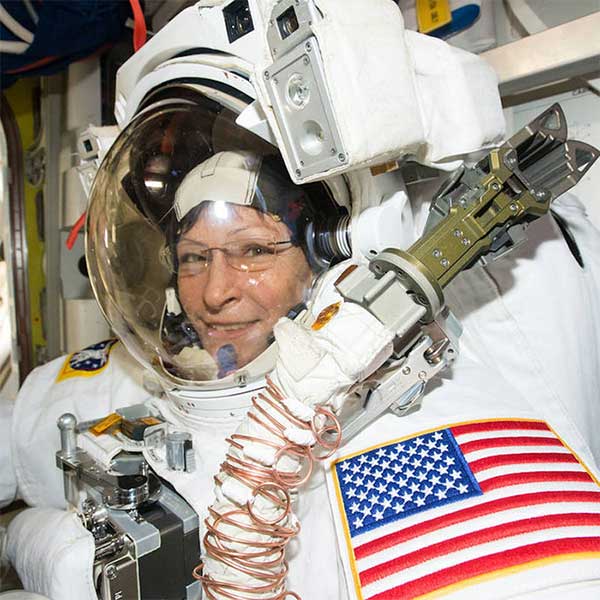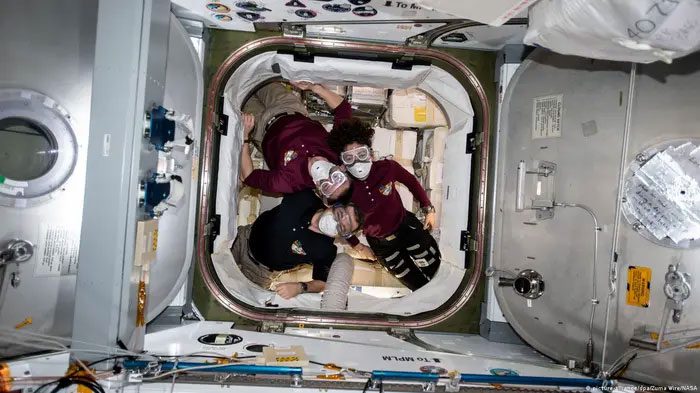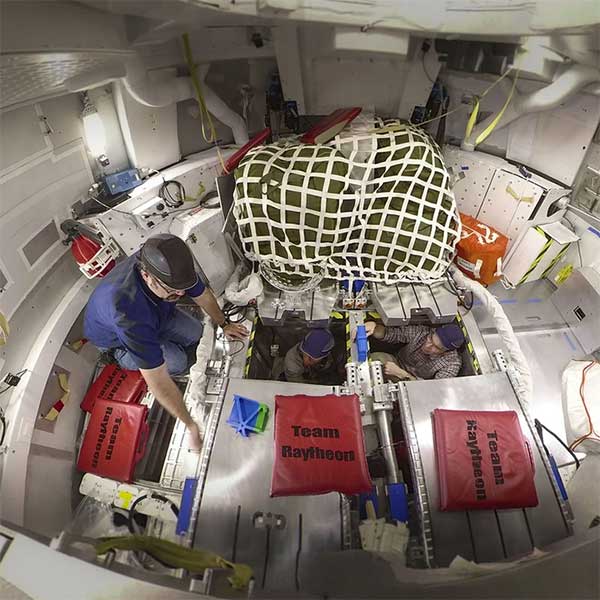Space is an environment full of uncertainties and dangers, and astronauts face various challenges when undertaking missions. When venturing into space, astronauts are no longer protected by the natural environment of Earth, thus they must confront numerous health issues.
They need to work in environments lacking air pressure, experiencing high radiation, low gravity, high pressure, and confined spaces, all of which can severely impact the human body. If astronauts fall ill in space, a series of measures must be implemented to ensure their health and safety.

Astronauts serving as medical personnel must undergo at least 40 hours of professional medical training. (Illustrative image).
Wound suturing, tooth extraction, medication administration, and interpreting ultrasound results are just a few of the medical skills astronauts acquire during their 40-hour medical training to prepare for emergencies on the International Space Station (ISS).
Astronauts may experience illnesses in space that can include fainting, vomiting, headaches, nausea, loss of appetite, and gastrointestinal discomfort, among other conditions.
These symptoms can arise from stress, lighting, radiation exposure, and gravity changes caused by the space environment. If left untreated, these symptoms could threaten the lives and health of astronauts.
To maintain their health and safety, astronauts must undergo a series of health checks and medical monitoring. This includes regular physical examinations, blood tests, bone density assessments, vision tests, and electrocardiograms… These tests can help doctors detect any abnormalities in the body in a timely manner and provide treatment.

Astronauts must undergo a series of health checks and medical monitoring.
If something goes wrong that they are unprepared for, their options are quite limited – they need assistance from doctors on Earth. However, being diagnosed does not necessarily mean they have the supplies or means to help.
During space missions, it is often necessary to have multiple astronauts working together; typically, when launching a spacecraft, most countries will form a crew of three astronauts. Each astronaut will have a specific role, but at least one of them will be a medical officer.
In case of an emergency or if an astronaut falls ill, the medical staff will be present on the spacecraft to handle the situation while maintaining communication with ground personnel for remote medical support.
NASA has similar regulations, requiring astronauts serving as medical personnel to undergo at least 40 hours of professional medical training. Additionally, there are specific missions where professional medical staff act as medical officers.

Ground doctors can intervene and treat astronauts through remote medical technology. (Illustrative image).
If an astronaut’s condition becomes more serious and cannot be treated on the spacecraft, the priority must be human life, and the entire or part of the spacecraft structure will be utilized to return to Earth for the astronaut to receive ground treatment.
Moreover, when astronauts fall ill in space, ground doctors can intervene and treat them through remote medical technology. Advances in science and technology allow doctors to diagnose and treat astronauts via the Internet.
Additionally, astronauts need to have sufficient emergency medication and treatment kits so they can self-treat and protect their bodies without needing a doctor. These emergency medications may include pain relievers, fever reducers, antibiotics, anti-inflammatory drugs, and allergy medications.

Astronauts need to have sufficient emergency medication and treatment kits to protect their bodies. (Illustrative image).
Despite having a relatively complete medical security system for astronauts, several issues still exist:
- Limited medical equipment and medication: In space, astronauts rely on limited medical equipment and medications. This can pose challenges for diagnosing and treating illnesses, especially for new and uncommon conditions.
- Astronauts lack sufficient medical expertise: Although agencies like NASA require astronauts serving in medical roles to undergo 40 hours of medical training, such training is still limited in its ability to treat serious illnesses.
- Mobility constraints: In space, astronauts find it difficult to move freely, which presents many inconveniences in daily life, not to mention how to handle incidents quickly and effectively has become an issue during emergencies.

Falling ill in space is a very dangerous situation. (Illustrative image).
Falling ill in space is a very dangerous situation, but taking appropriate preventive measures can keep astronauts healthy and safe.
This includes regular health check-ups, medical monitoring, remote medical treatment, emergency medications, first aid, and emergency evacuation…
In the future, we need to continue researching and developing better technologies and methods to protect astronauts’ health and safety, as well as to realize humanity’s vision of freely exploring space.





















































